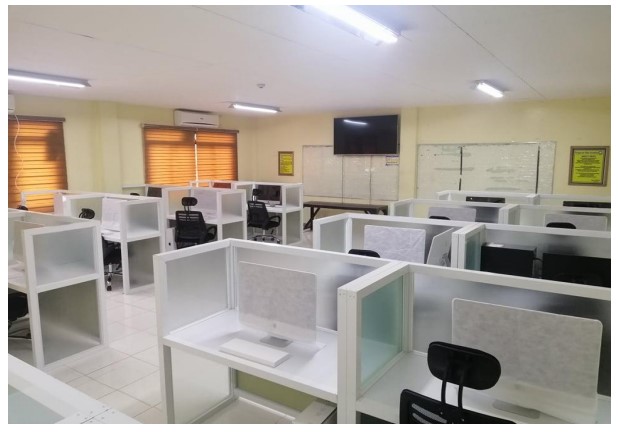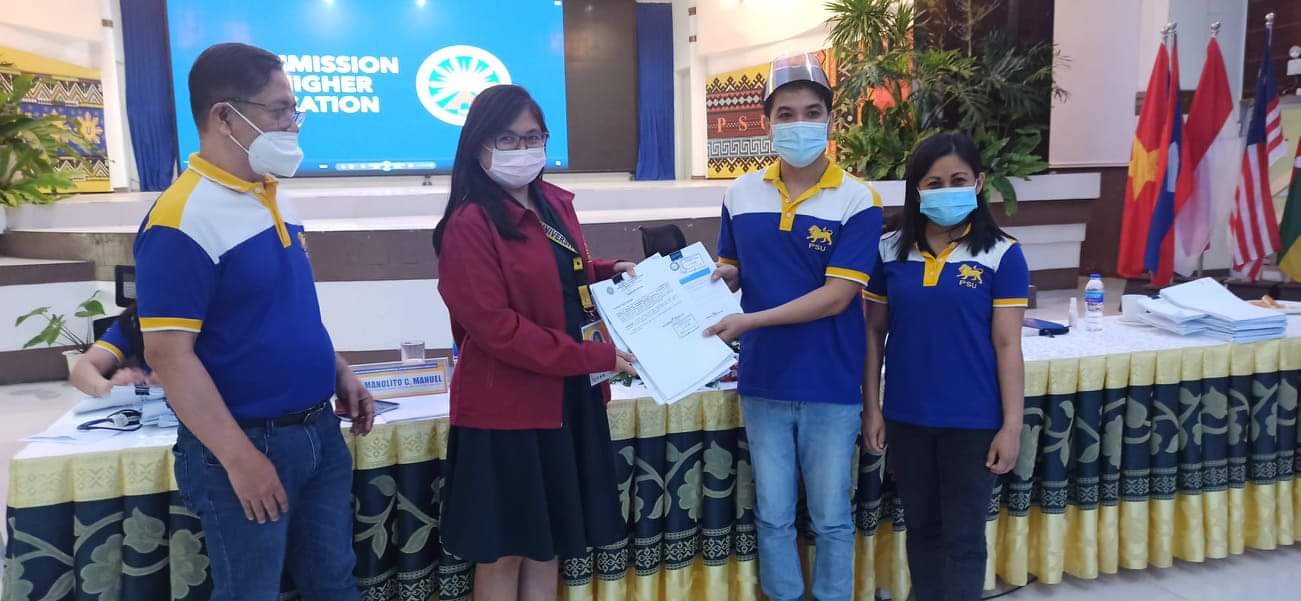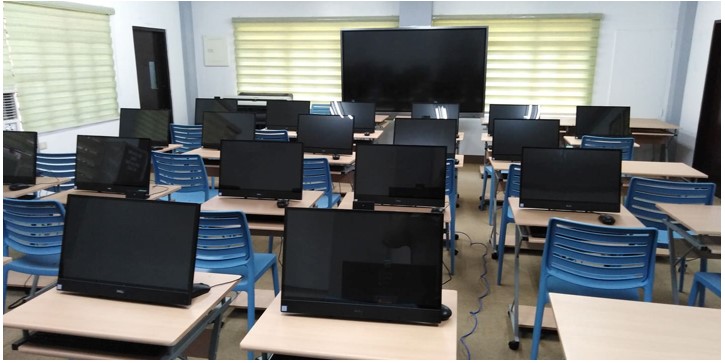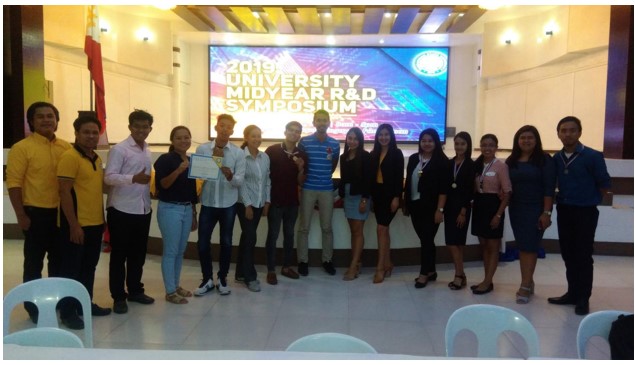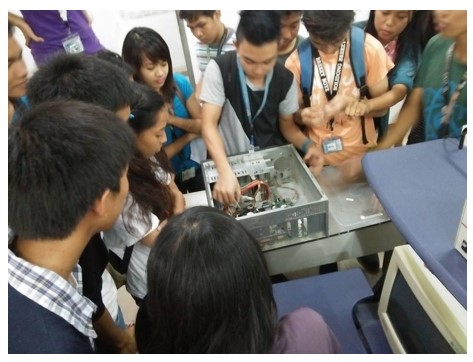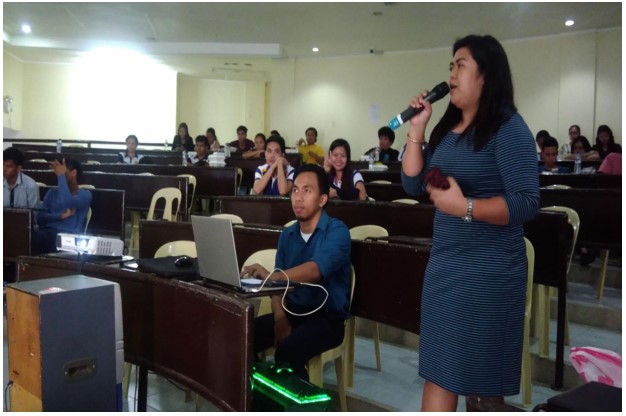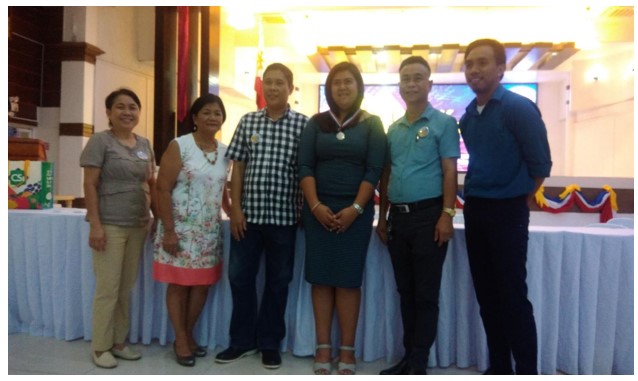
Welcome to the IT Department!
Mr. David Kearns said, “In the race for quality, there is no finish line.” We also never stop improving our operations and achieving quality and excellence. We firmly believe that it is proper to give back to our clients and stakeholders the best. Accreditation of the BSIT program is an avenue to realize this objective. We have prepared our report documenting our passion, processes, and results for quality in service delivery. Undoubtedly, your insights, time, and expertise during this accreditation can surely help us see what we are now and further what we can be in the future.
Thank you very much and may you have a pleasant virtual stay with us.
Mr. Michael E. Acosta
The BS Information Technology program in PSU-Urdaneta is one of the top producers of quality IT graduates. The program consistently adheres to the CHED standards set for higher educational institutions and continuously updates its curricular offering in response to the ever-changing IT field.
Over the years, the IT degree program has been a well-sought-out course. The number of enrollees continued to rise year after year since its start in 1998. As globalization spreads, the need for IT graduates will continue to rise.
Prompted by the need to serve the stakeholders with quality education, the Department has been subjected to accreditations to ensure excellence in its four-fold services, namely, instruction, research, extension, and production. The quest for excellence is a lifelong commitment of the IT Department.
As the challenges of delivering educational services are getting tougher, the IT Department cannot afford to be complacent. With the assistance of the present PSU-administration, the department was able to acquire modern laboratory equipment that offers hands-on training to students, preparing them to enter the job market with the best training.
Moreover, the strength of the department comes from its committed and dedicated faculty who work tirelessly to support the University in its quest to make the institution the top State University in the ASIAN region. Even the pandemic ravaged the entire world, hitting hard the educational institutions, it was unable to break the determination of the IT faculty to deliver quality instruction.
The IT Department is committed more than ever to giving the best education possible to students who entrust their future to Pangasinan State University.
Accreditation Status: AACCUP LEVEL III Re-accredited
Organizational Chart
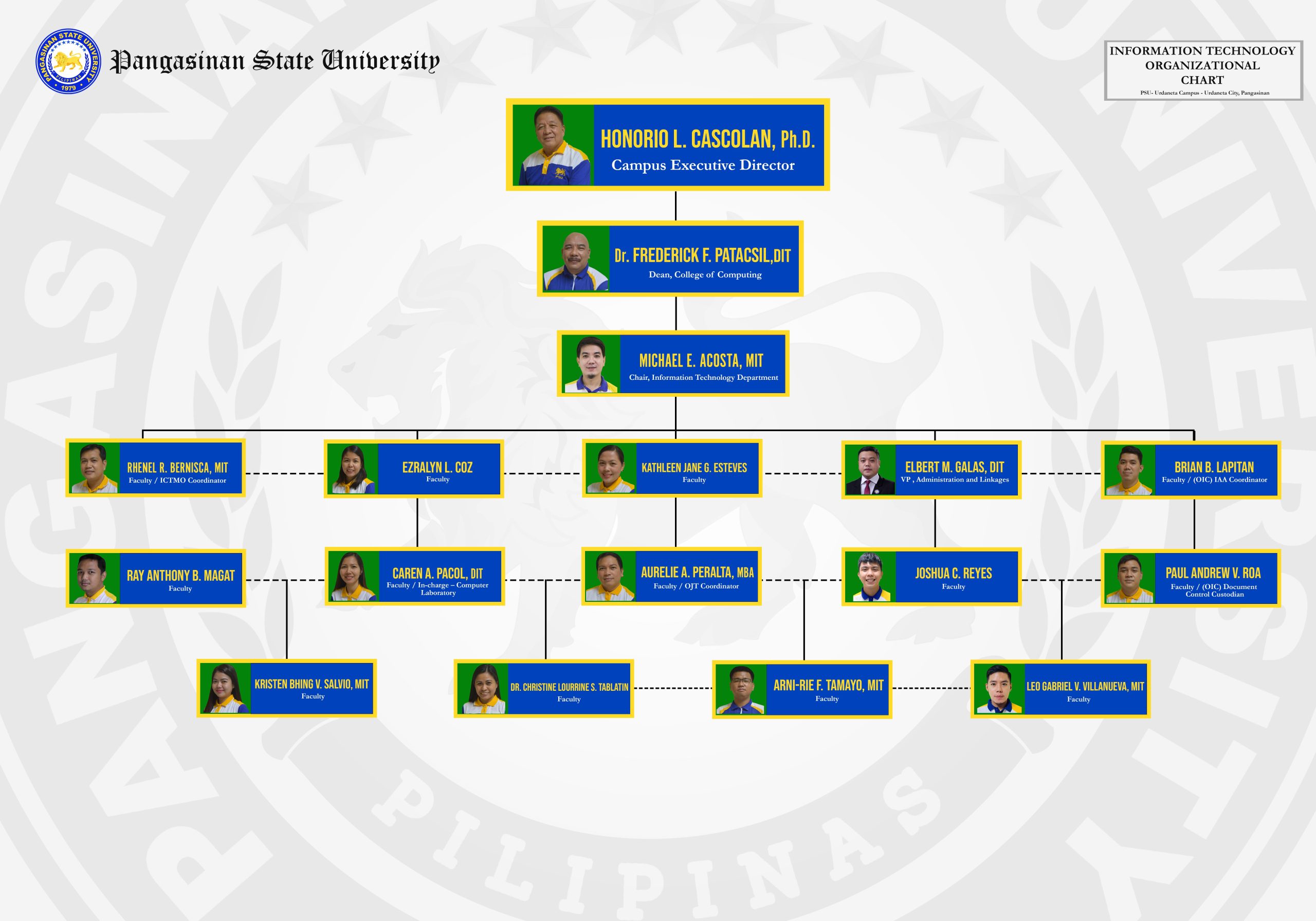
EMPLOYMENT OPPORTUNITIES
- Application Developer
- Database Administrator
- Digital Animator
- Information Security Administrator
- Multimedia Technologist
- Network Administrator
- Network Engineer
- Systems Analyst
- Test Engineer
- Web Administrator/ Web Master
- Web Developer
The intent of the Information Technology program is to produce graduates who are able to meet the demands of the IT professional in the industry, both local and national area and in the ASEAN region. It has the following objectives:
-
- Undertake projects that show ability to solve complex problems and to work in teams on problems whose solutions lead to significant societal benefits.
- Communicate effectively with diverse stakeholders as well as function appropriately in a team environment.
- Demonstrate ethical behavior as an IT professional and sensitivity to the impact of technology and society.
- Engage in lifelong learning and professional development.
|
GRADUATE ATTRIBUTES |
PROGRAM ATTRIBUTES |
PROGRAM OUTCOMES |
|
Knowledgeable and Skilled IT Professional |
Knowledge for solving computing problems |
1. Apply knowledge of computing science, and mathematics to address real problems appropriate to the discipline |
|
2. Distinguish best practices and standards and their applications |
||
|
Program Analysis |
3. Analyze complex problems, and identify and define the computing requirements appropriate to its solution |
|
|
4. Identify and analyze user needs and take them into account in the selection, creation, evaluation and administration of computer-based systems |
||
|
Design, development of solutions |
5. Design, implement, and evaluate computer-based systems, processes, components, or programs to meet desired needs and requirements under various constraints |
|
|
6. Integrate IT-based solutions into the user environment effectively |
||
|
Modern Tool Usage |
7. Apply knowledge through the use of current techniques, skills, tools and practices necessary for the IT profession |
|
|
People’s Champion |
Individual and Team Work |
8. Function effectively as a member or leader of a development team recognizing the different roles within a team to accomplish a common goal |
|
9. Assist in the creation of an effective IT project plan |
||
|
Knowledgeable and Skilled Communicator |
Communication |
10. Communicate effectively with the computing community and with society at large about complex computing activities through logical writing, presentations, and clear instructions |
|
Community Developer |
Computing Professionalism and Social Responsibility |
11. Analyze the local and global impact of computing and information technology on individuals, organizations, and society |
|
12. Understand professional, ethical, legal, security and social issues and responsibilities in the utilization of information technology |
||
|
Continuous-Innovative Learner |
Life-long Learning |
13. Recognize the need for and engage in planning self-learning and improving performance as a foundation for continuing professional development |
- Develop the students’ competencies by instilling the latest IT knowledge and skills.
- Develop and enrich the IT education curriculum that is flexible and adaptable to meet the needs of students and the IT industry.
- Promote students’ holistic development to improve their skills and abilities.
- Expand and establish network of linkages with other institutions both private and public to strengthen academe-industry support.
- Establish instruction-related support systems.


